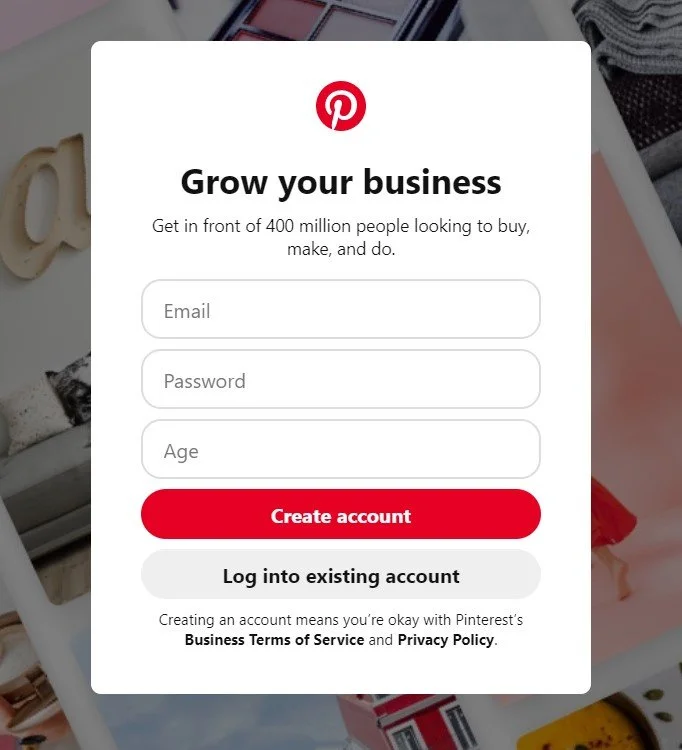PINTEREST MARKETING STRATEGY
PINTEREST MARKETING STRATEGY
1. Know your audience.
Each social media platform has an entirely different audience. While 56% of Twitter users are men, 76% of Twitter users on Pinterest are women. Facebook users' smallest audience consists of teenagers, while their largest audience consist of users between the ages of 35 and 44. It’s important to know these social media demographics because those are the people you will be posting for. People also visit these applications for different purposes. People visit Twitter for information and humor. They visit Instagram for personability and pictures. They visit TikTok for videos and humor. And they visit Pinterest for ideas, aesthetics, and tips. This is important to keep in mind when posting because not all posts would fit across all platforms – but they can be personalized to make posting across all platforms unique and more appealing to the audiences.
2. Create a graphic using the Patient Care Marketing Pros theme colors.
When creating the graphic, try to create something from the perspective of the user – ask yourself, would I click on this? Would I repin this? People go to Pinterest for aesthetics and ideas, so make sure the content is targeted to fit into these categories.
3. Tell everyone what the pin is about in 500 characters.
If there is a lot of information, use spaces between sentences to make it look neater and less overwhelming to the reader. Use emojis when necessary, but don’t overuse emojis – limit two emojis per post.
4. Add a working link.
Relevant links should always be added – article links, podcast links, posts, and other website links. Don’t forget to add a link because if the user wants to read more about something, they will click the link to do that. If you don’t have a link that you believe fits with what you are posting, you can always link to the homepage of your website or the homepage of your Pinterest account. If you believe a link is not necessary with what you are posting, you can skip it, but you might miss out on possible clicks.
5. Use little to no hashtags.
Hashtag use on Pinterest is different from other social media applications. While Pinterest does use hashtags, keywords work in the same way. If you go to the Pinterest home feed and look at the trending posts, you will notice that the most popular posts rarely use hashtags. Overuse of hashtags can look spammy or overwhelming to a user. So hashtags aren’t necessary, but if you wish to use them, use no more than three.
6. Post or schedule to post.
Scheduling posts is the best option so you can post during higher web traffic hours. Studies show that the best time to post on Pinterest is between 8 pm and 11 pm. The best day to post is on Saturday. Other good times to post are between 2 pm and 4 pm.
7. View your pin aside all your other pins.
Once the pin is created, go view the Patient Care Marketing Pros profile to view it with all of the other pins alongside it. Make sure the theme colors match and they compliment each other well. Since Pinterest is big on aesthetics, it is important to maintain a precise theme that will both capture the audience’s attention and enhance our brand identity.
8. Consider running paid ads by promoting graphics with the most potential.
Paid ads will boost visibility, increase conversions, and sometimes, boost engagement. This is a good option when starting from scratch, because it may take a while for organic posts to reach the right audience.
9. Follow relevant accounts.
Search keywords like “healthcare marketing” or “marketing tips.” Scroll through the search results and engage with relevant posts. Give these accounts a follow, and maybe they will return the favor.
10. Respond and engage with people who comment on your pins.
Be personable and remind people that we’re listening and we appreciate feedback!

